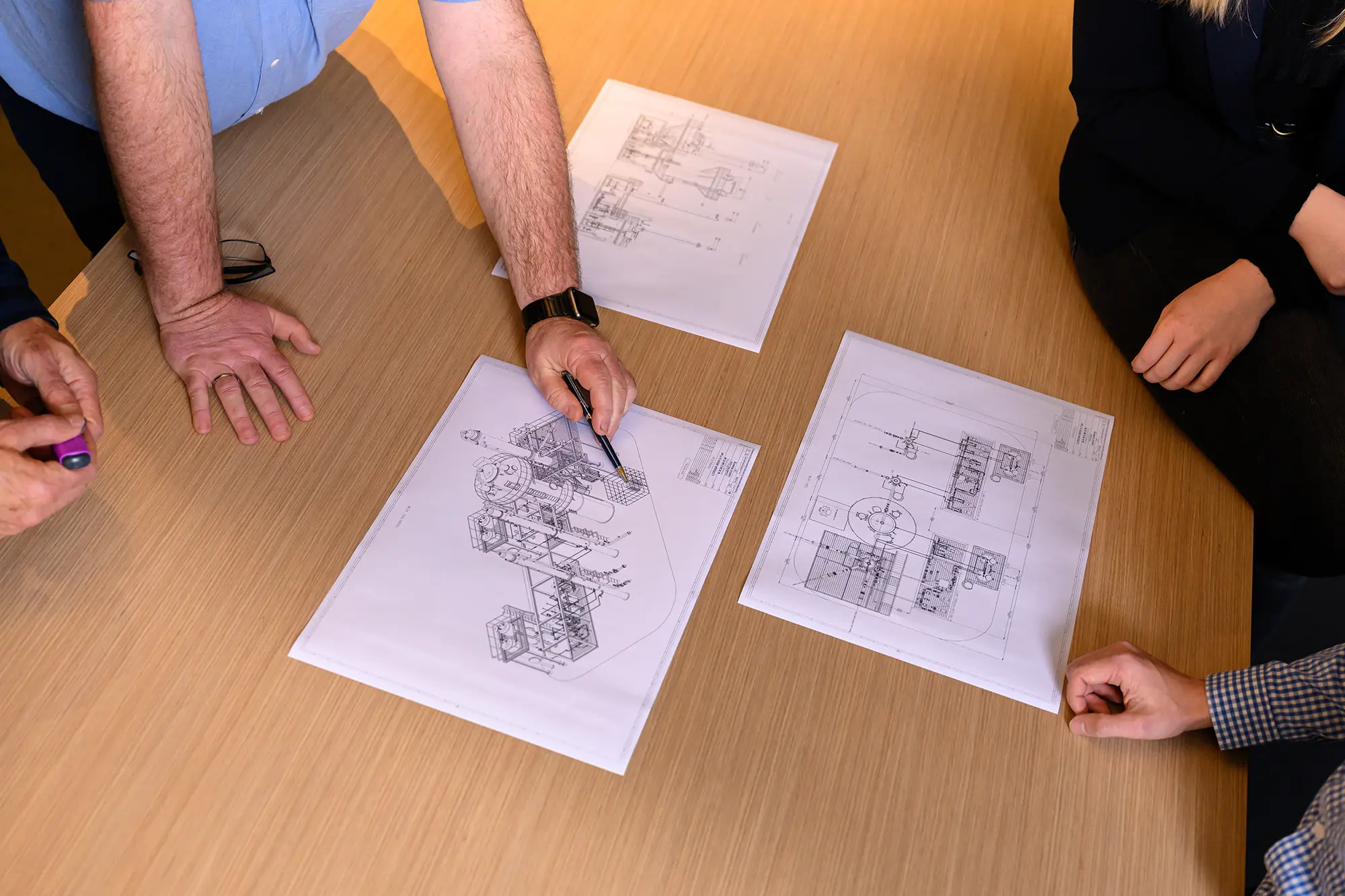Process and Technology
Our feedstock
The SYNOVA technology uses feedstock that contains plastic waste, but also may contain water, inert materials, and biogenic residues. This flexibility significantly reduces the feedstock sorting requirements while increasing the sorting yield.
Feedstock operating window
SYNOVA’s technology can handle a wide range of feedstock ranging from 100% biogenic material to 100% plastic material. The “sweet spot” for our waste-to-olefins and waste-to-BTX processes is considered between 50% and 80% plastics. With this feedstock, high yields of chemicals can be produced, while enjoying the benefit of cheap feedstock and low CO2 footprint. Together with our clients we will define the actual feedstock window that fits a specific location.

Ingredients
Plastics
Biogenic material
Impurities
Water
Feedstock example
In conclusion
Our feedstock does not have to be very clean and pure and therefore is relatively cheap and readily available. The biogenic content allows us to produce better yields with lower CO2 footprint and better plastic-to-plastic circularity. This gives our processes a unique position in the plastic recycling world where recycling seems to become a synonym for extensive sorting, cleaning and washing.